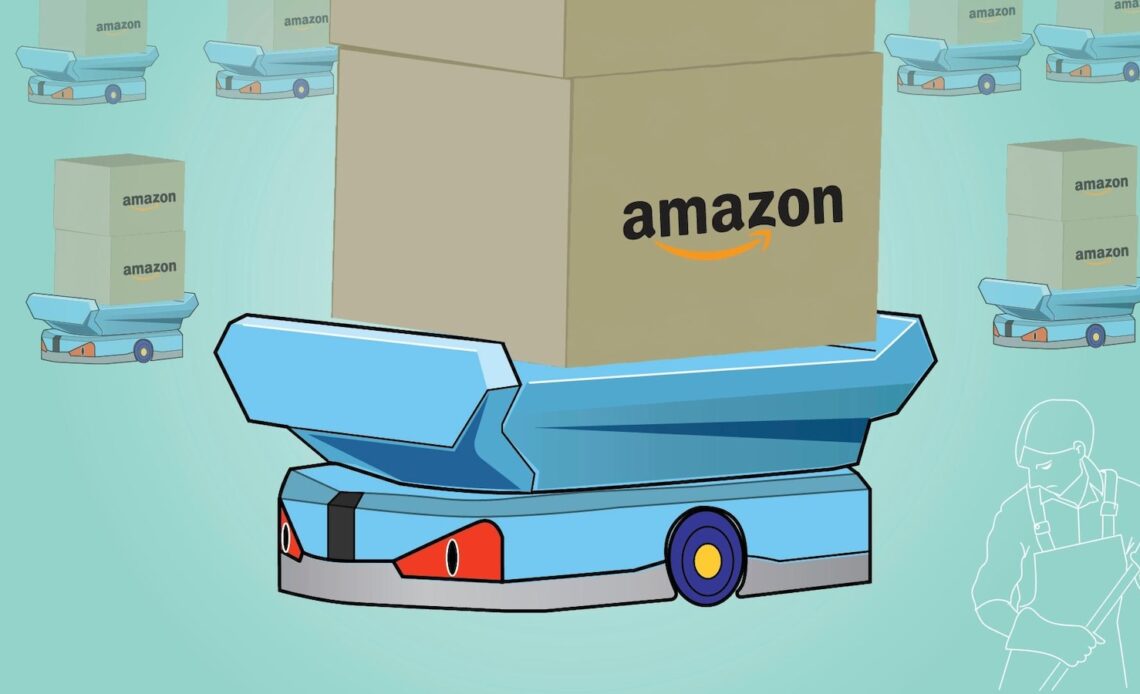Amazon has introduced a handful of robots in its warehouses that the e-commerce giant says will improve efficiency and reduce employee injuries.
Two robotic arms named Robin and Cardinal can lift packages that weigh up to 50 pounds. A third, called Sparrow, picks up items from bins and puts them in other containers.
Proteus, an autonomous mobile robot that operates on the floor, can move carts around a warehouse. The bipedal, humanoid robot Digit is being tested to help move empty totes with its hands. And there’s also Sequoia, a containerized storage system that can present totes to employees in a way that allows them to avoid stretching or squatting to grab inventory.
Amazon says Robin is currently being used in dozens of warehouses. The others are in a testing stage or haven’t been rolled out widely. But the company says it’s already seeing benefits, such as reducing the time it takes to fulfill orders and helping employees avoid repetitive tasks. However, automation also carries drawbacks for workers, who would have to be retrained for new positions if the robots made their roles obsolete.
In October, Amazon held an event at a Nashville, Tennessee, warehouse where the company had integrated some of the robots. The Associated Press spoke with Julie Mitchell, the director of Amazon’s robotic sortation technologies, about where the company hopes to go from here. The conversation has been edited for length and clarity.
A: This journey that we’ve been on has taken a couple of years. Luckily for us, we’ve been at this for over a decade. So we have a lot of core technology that we can build on top of. We started these particular robots – Cardinal and Proteus – in this building in November 2022. We came in and began playing around with what it would look like to pack and move a production order. Less than two years later, we are at scale and shipping 70% of the items in this building through that robotics system.
A: We talk about “build, test and scale” and that’s about a two-year cycle for us right now.
A: As you can probably imagine, we have so many items, so it’s an exceptional challenge. We rely on data and putting our first prototype in a real building, where we expose it to all the things we need it to do. Then we drive down all the reasons that it fails. We give it a lot of sample sizes in a very short period of time. For example, a couple of years ago, we launched our Robin robotics arm – a package manipulation robot – and…
Click Here to Read the Full Original Article at ABC News: Business…

